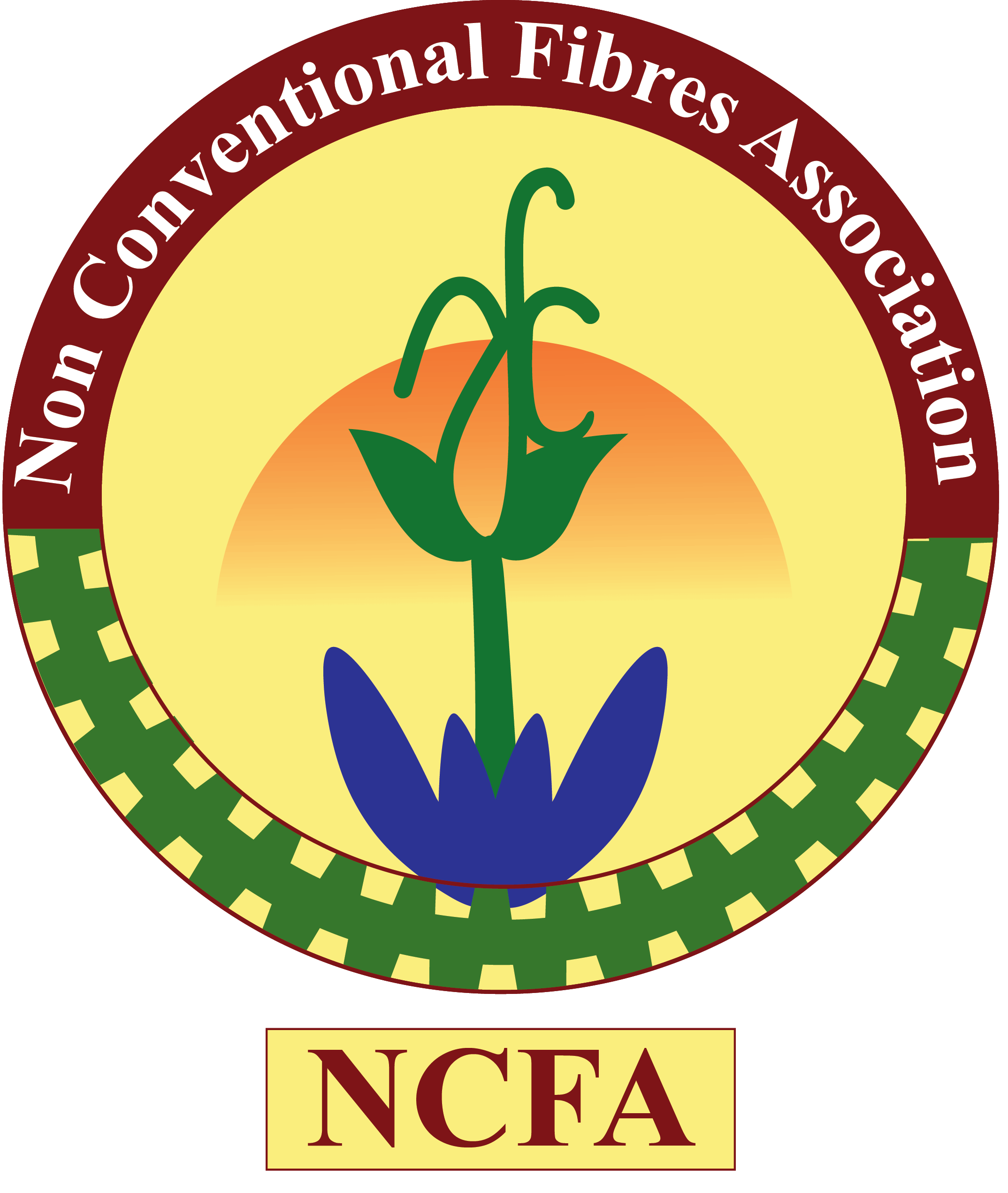Dev Ethical Sustainable Crafts And Textiles, a B2B social impact fashion startup is supported by Alsisar Impacts, Birla Cellulose, Fashion for Good, IIT Mandi Catalyst, Iseed-IRMA, Zone Startup at Dehradun, Uttarakhand state of India. DESCATUK’s aim is to support the livelihood of local people using locally available fibres and skills to help sustainable fashion brands in reducing their climate impact for achieving UN sustainable development goals.
In an exclusive interview, K.D. Sharma, Co-Founder and Director, DESCATUK, talks about the company’s achievements and some bold future plans.
Reena Mital
How did you get the inspiration to start DESCATUK?
My upbringing has been in the rural hills of Uttarakhand. I have lived life surrounded by the flora and fauna of mountains and rivers. And have seen the difficult lives of the rural women. I am a textile professional and have been working at different managerial positions in the industry, for the last 30 years.
In 2016, while I was working in a textile unit in Ludhiana, I got a call from Directorate of Industries, Govt of Uttarakhand to help in reviving handloom sector in Uttarakhand. During this assignment, I revisited places where I have my childhood memories, to meet the women artisans in the project.
One fine morning while I was waiting for one such meeting to begin, I saw a bunch of leftovers bast in the corner of the room and picked up one blade of grass. And noticed a fibre like material in the skin of the grass blade.
On enquiring about the bast, the women artisans said this was used for healing and other purposes. I immediately saw this as an opportunity whereby the fibre can be extracted, imparted some better properties, and made a source of sustainable income for the women.
Tell us about the technology for making HimGra textiles.
The technology for converting wild grass to HimGra fibre is unique dry technology. HimGra is a very long fibre and needs to be cut into the required length for conventional worsted and ring spinning. 100% HimGra yarn has very less realisation with current conventional machines. So, we are using carrier fibres to make HimGra yarn with some adjustments in short staple and long staple yarn spinning. DESCATUK successfully manufactures HimGra Wool 45:55, HimGra Cotton, HimGra Liva Reviva/Excel yarns in 35:65 blends.
Processing of HimGra fabrics is similar to cellulosic fabrics – processing in conventional machines. Colours are one tone lighter than cotton fabrics with a distinct lustre in pale shades.
How much do you currently produce?
The current capacity of HimGra fibre is 600 tonnes per year. We have mapped a capacity of fibre processing to 5000 tonnes per year in next three years by expanding in other northern states.
How successful has HimGra been in the market?

The distinct appeal of the HImGra fabrics due its unique hollow fibre structure, social and environmental impact has generated interest amongretailers, designers, textiles brands from Arvind to Welspun. And through these partners HimGra will reaching the international markets too.
Domestically B77 Tech Styles, Crazy Flower Studio, Flourish, and EcoKash are retailing HimGra ready-to-wear on their ecommerce sites.
It is indeed encouraging to know that home furnishings, apparels, denim, knitwear brands are keen to introduce HimGra products in retail markets despite the higher prices of HimGra yarn.
DESCATUK is working hard to get the HimGra yarn prices at par with linen yarn without compromising on the social impact and continuing innovation.
Tell us about your collaborations with some of the leading textile producers.
Arvind Mills, Birla Cellulose, Birla Century, BUSAN APPARELS, Tata Trent, WFB Baird Company Pvt Ltd are some of the leading brands that are collaborating with DESCATUK for promoting HimGra fibre for their mission of reducing climate impact of their supply chain. LAPF studios in India and abroad are helping sustainable fashion brands to feel HimGra fabrics in the studio and plan their collection. Some of the leading international brands are also working with HimGra.
HimGra is a sustainable fibre. Can you quantify the water, environment, carbon footprint of this fibre, compared to other fibres?
Due to perennial nature of the HimGra, it’s seed carbon footprint is zero in comparison to other natural and emerging new fibres like hemp. It grows on its own on rainfed and on barren lands/ forests, so there is no energy required for ground water irrigation, no field preparations are needed, pesticide and fertiliser use are zero. So, cultivation carbon footprint is zero. In addition, HimGra fibres are free from any residual harmful chemicals, and does not adversely impact land fertility.
What are the market challenges that you face?
The current recession in the global textile industry due to recurring conflicts forces retailers to go slow with new developments. It is good for the industry that new alternate fibres are emerging, more so in this decade, to help brands reduce their supply chain climate impact.
Our mantra is collaboration to grow, offering a sustainable alternative to our partners across the supply chain. I will say that the journey is not easy, but it’s a satisfying journey which does not contribute to climate change. We are already seeing the impact of climate change with the common man being affected the most – irregular weather, flash floods, glacier melting.
The only embarrassing part in all this is when a billion-dollar company asks for FREE samples from startups who are anyway lean on finances.
Are you satisfied with the progress HimGra has made so far?
Yes! With our limited resources we have achieved a growth of 300% over last year and achieved break-even in three years of operations. But as I said, we still have a long way to go.
What are your future plans?
Our future plan is somewhat revolutionary if we are able to achieve it.
A part of our border area with China is no man’s land. Due to security issues, and lack of livelihood, the number of empty villages around this area are increasing.
HimGra league of sustainable fashion brands have given some interesting demand estimates for the coming times. So, Dev UK Foundation, the not-for-profit trust of DESCATUK is working with the authorities for exploring opportunities for HimGra cultivation in this border area. This will hopefully help in initiating reverse migration. The response from the brands is encouraging and soon a pilot with the brands under CSR program will be announced. LCA studies, GI tag certification for the HimGra fibres is also planned.
Under the pilot programme, 70% of the HimGra yarn will be supplied to the participating brand partners and the balance 30% of HimGra yarn will be used to support local weavers, women-led sustainable fashion startups and sustainable fashion designers.
Sustainability is the buzzword in the industry today. You view.
Sustainability is a simple way to cohabitate with nature. But if you ask 10 different people to define sustainability, you will get at least seven different definitions.
The power of marketing is making some consumers believe in sustainability but is also creating a lot of confusion among them. It is good to see some work happening towards sustainable textile and apparel industry globally. We need to work similarly for the Indian industry. This will empower consumers to know how the extra money that they are paying is contributing in saving environment and increasing social impact. Today, brands are finding it difficult to pay the prices for alternates for creating more social and environment impact.



